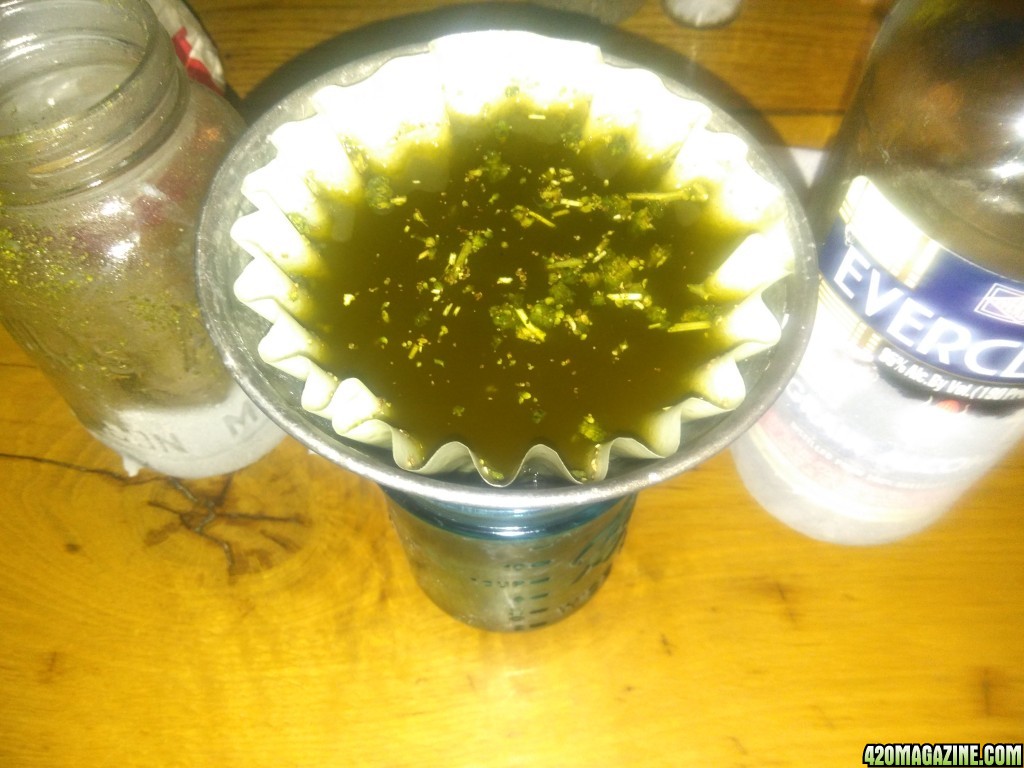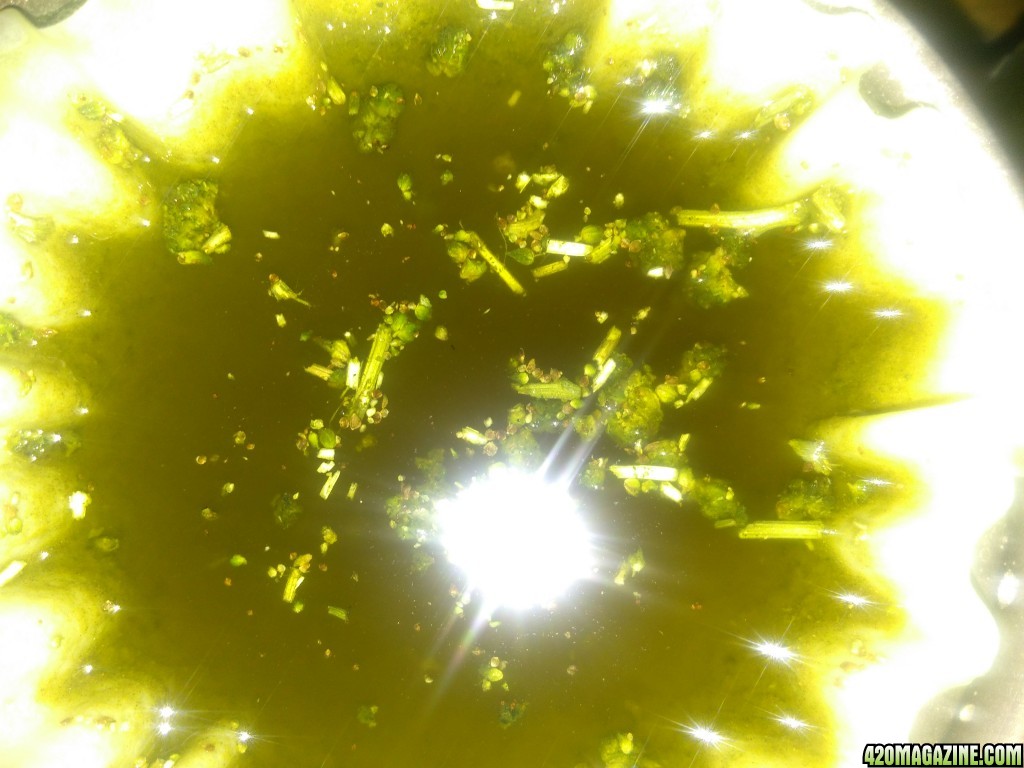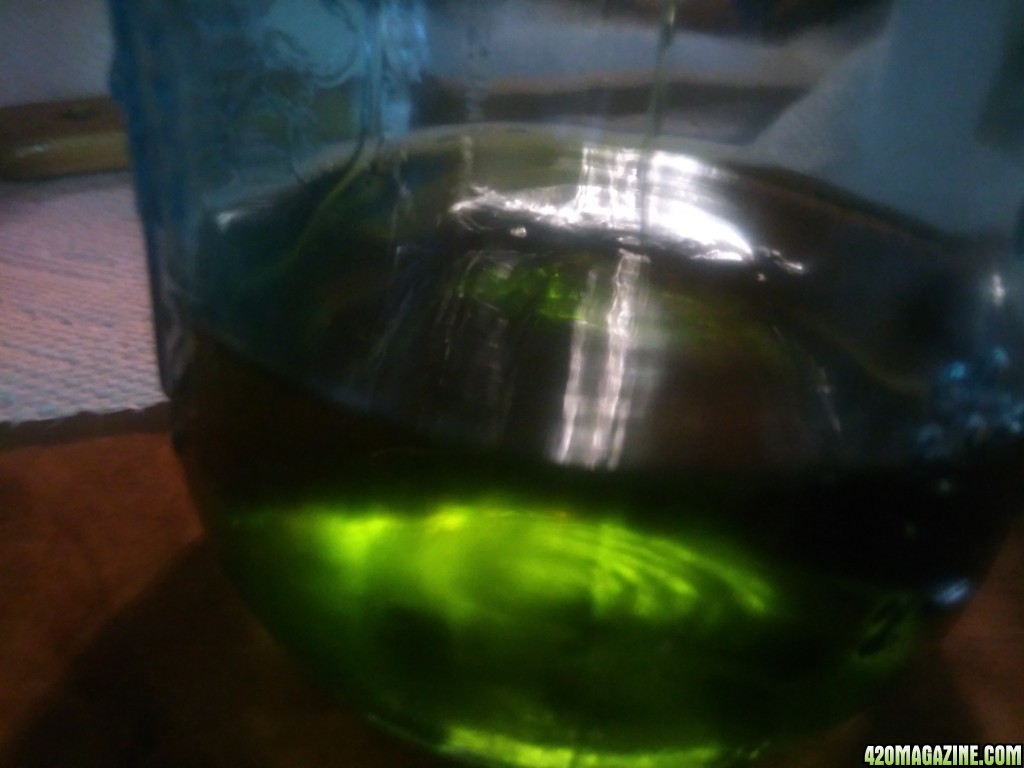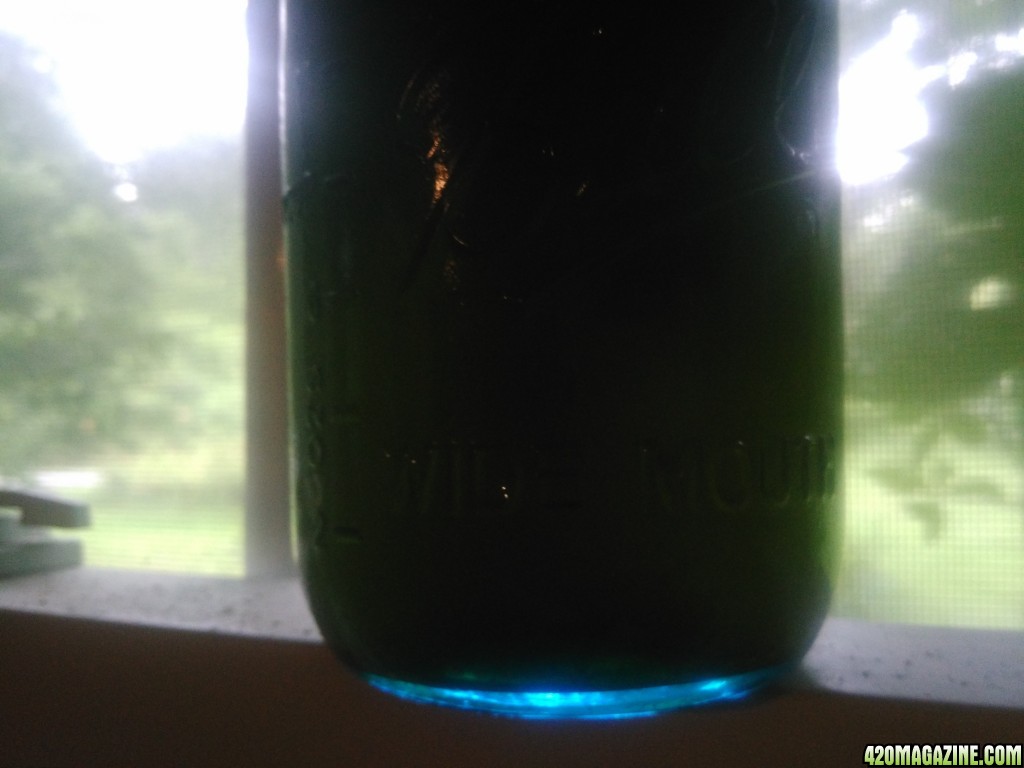Thinking about the differences between sativa and indica, today.

I've heard it said that a basic distinction between sativa and indica strains is their myrcene content, that below some figure and the strain is sativa and above that figure the strain is indica. Fair enough.
But in an ealier post here (#4608) I cited graphs demonstrating how oven decarboxylation removes practically all the terpene content. So if we compare two strains having similar CBD and THC content, one a sativa and the other an indica, then after the decarb their terpene differences apparently become practically insignificant.
So how do we account for the big differences typically felt when medicating with a decarbed sativa compared with medicating with a decarbed indica, the two being chosen to have similar CBD and THC figures (for the purpose of this discussion, anyway)? With their terpenes gone, any difference must lie in the minor cannabinoids. It seems a remarkable coincidence, to me, that the property of having a myrcene content within a defined range should be consistent with having a set minor cannabinoid spectrum to give us this dependable difference. With the two having evolved in different regions of the world, it follows that there may be some surprising differences. So is it known which of the minor cannabinoids are predominately responsible for setting the consistent differences felt between sativa and indica? Perhaps tailoring an oil by boosting it with a few cannabinoid isolates (if obtainable) might bring about improvements, e.g., a lessening of adverse side-effects such as anxiety, couchlock, or paranoia?
Can there be any other explanation to account for the differences between sativa and indica?
On a separate note, with myrcene credited as helping cannabinoids to cross cell membranes, I wonder should it become standard practice to add supplementary myrcene in the preparation of medicinal cannabis oil? After all, the ability to cross cell membranes with ease is, I think, precisely what we want here, and the decarb has removed most of our myrcene.
Thanks.







 Malawi it is.
Malawi it is. 







 At first I thought "Too green...." then realized it was through blue glass. Perfect. You're getting to be an old hand at this.
At first I thought "Too green...." then realized it was through blue glass. Perfect. You're getting to be an old hand at this. 
